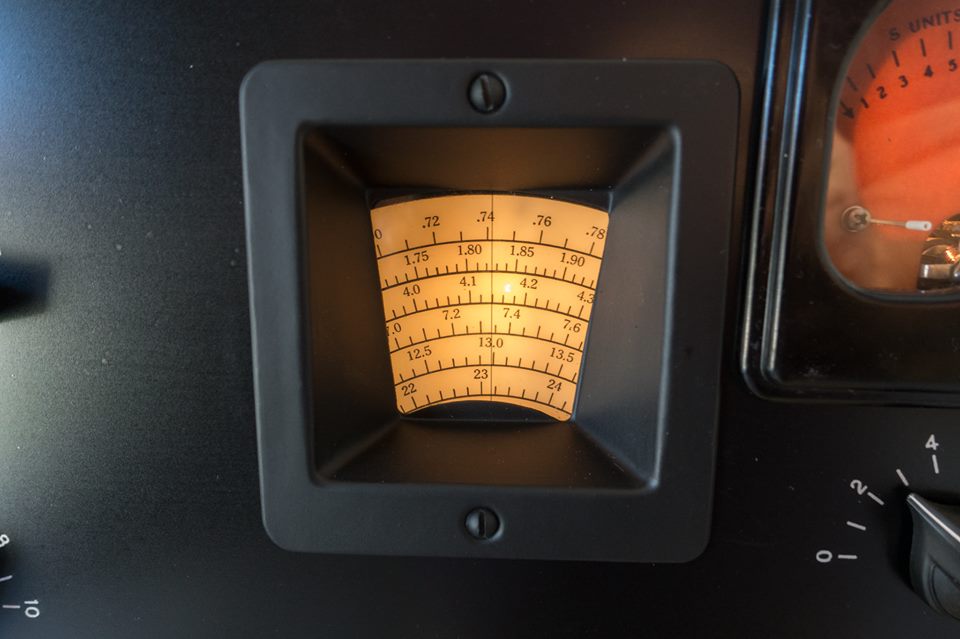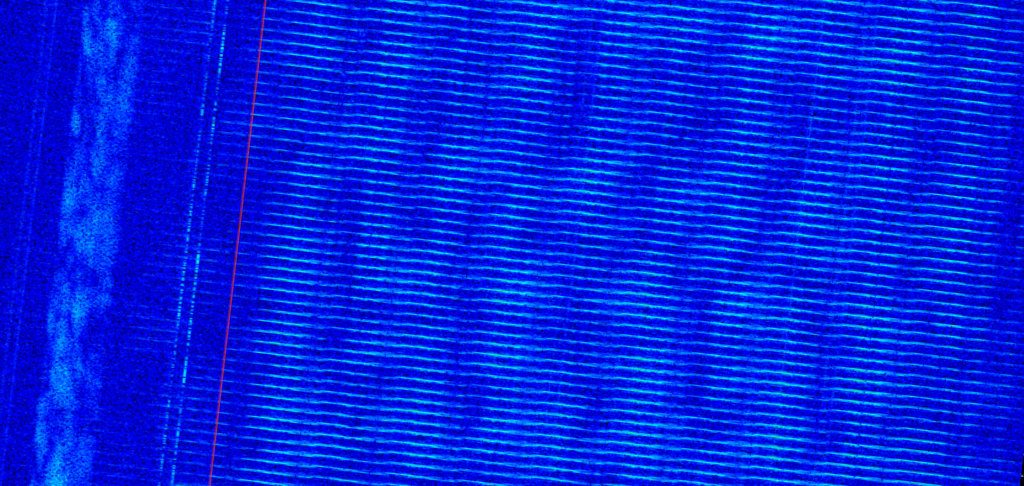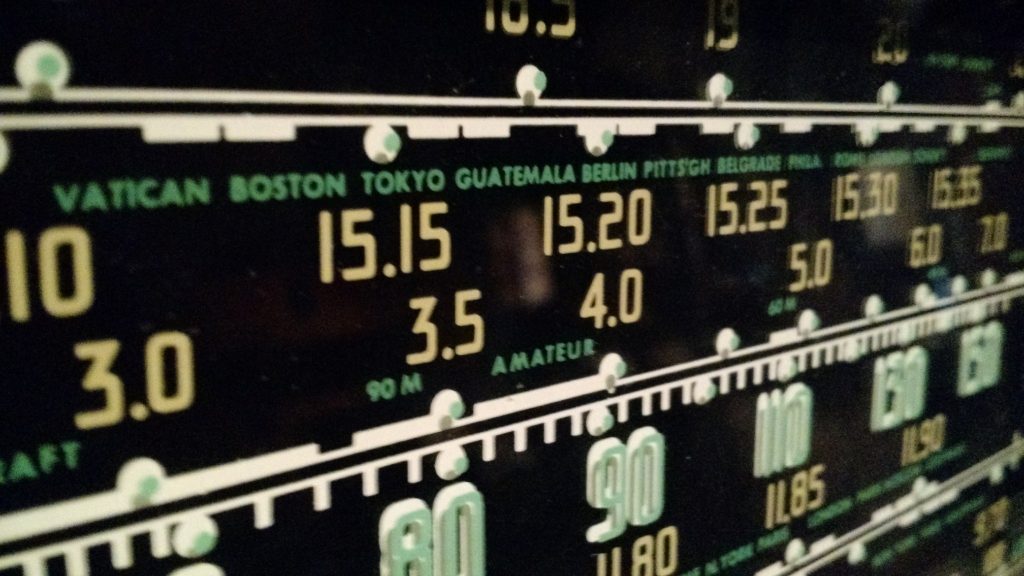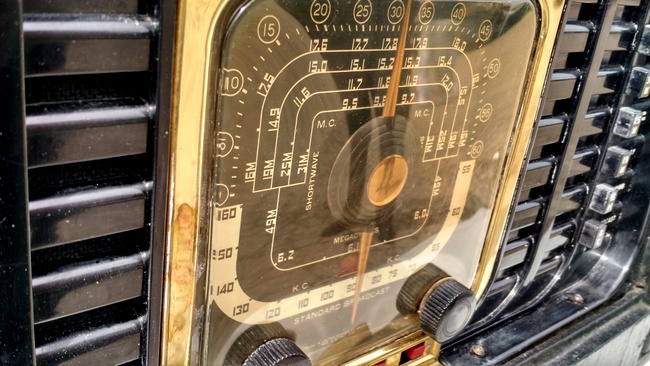
Many thanks to SWLing Post reader, Harald Kuhl, who notes times and frequencies of NRD’s annual Christmas greetings:
Norddeutscher Rundfunk (NDR) program “Gruss an Bord” on shortwave on 24 December 2016:
19.00 UTC till 21.00 Uhr UTC
6.125 kHz Atlantic – North
11.650 kHz Atlantic – South
9.800 kHz Atlantic / Indian Ocean (South Africa)
9.740 kHz Indian Ocean – West
9.790 kHz Indian Ocean – East
6.145 kHz Europe21.00 UTC till 23.00 Uhr UTC
5.930 kHz Atlantic – North
9.830 kHz Atlantic – South
9.590 kHz Atlantic / Indian Ocean (South Africa)
9.765 kHz Indian Ocean – West
9.650 kHz Indian Ocean – East
6.145 kHz Europecontact: [email protected]
vy73
Harald
Here’s the press release from NDR (in German):
Presse aktuell
Empfang auf Weltmeeren und in fernen Häfen: “Gruß an Bord” auch über KurzwelleSendungen: Sonnabend, 24. Dezember, 20.05 bis 22.00 Uhr, NDR Info und NDR 90,3 / 23.05 bis 24.00 Uhr, NDR Info
Seit Weihnachten 1953 bildet die NDR Radiosendung “Gruß an Bord” eine Brücke zwischen den Seeleuten auf den Meeren und ihren Angehörigen in Deutschland: Seeleute schicken Grüße in die Heimat, ihre Familien haben die Möglichkeit, ihren Lieben auf hoher See ein frohes Fest und ein gutes, neues Jahr zu wünschen. Damit die Besatzungen die Traditionssendung auch in fernen Häfen auf den Weltmeeren empfangen können, hat der NDR eigens für Heiligabend Kurzwellen-Frequenzen angemietet.
In der Zeit von 19.00 bis 21.00 Uhr UTC (20.00 bis 22.00 Uhr MEZ) sendet die Kurzwelle am 24. Dezember über folgende Frequenzen (UTC ist die Abkürzung für die koordinierte Weltzeit, die Universal Time Coordinated):
FREQUENZ ZIELGEBIET
6.125 kHz Atlantik – Nord
11.650 kHz Atlantik – Süd
9.800 kHz Atlantik/ Indischer Ozean (Südafrika)
9.740 kHz Indischer Ozean – West
9.790 kHz Indischer Ozean – Ost
6.145 kHz EuropaIn der Zeit von 21.00 bis 23.00 Uhr UTC (22.00 bis 24.00 Uhr MEZ) am 24. Dezember über folgende Frequenzen:
FREQUENZ ZIELGEBIET
5.930 kHz Atlantik – Nord
9.830 kHz Atlantik – Süd
9.590 kHz Atlantik / Indischer Ozean (Südafrika)
9.765 kHz Indischer Ozean – West
9.650 kHz Indischer Ozean – Ost
6.145 kHz EuropaNDR Info und NDR 90,3 senden “Gruß an Bord” von 20.05 Uhr bis 22.00 Uhr MEZ. Anschließend folgt auf NDR Info von 22.00 Uhr bis 23.00 Uhr MEZ die Übertragung einer evangelischen Christmette aus der St. Johanniskirche in Hamburg-Altona. Von 23.05 bis 24.00 Uhr wird “Gruß an Bord” auf NDR Info, NDR Info Spezial, online und über Kurzwelle fortgesetzt.
Die Grüße werden in der Hamburger Seemannsmission “Duckdalben” von den NDR Info Moderatoren Regina König und Ocke Bandixen übermittelt. Andrea-Christina Furrer und Andreas Kuhnt sind die Gastgeber im Kulturspeicher in Leer. Die Moderatoren erwarten u. a. Vertreter der Reedereien, Seemannspastoren und viele Familien. Außerdem werden sie Schiffe der Marine und deutsche Forschungsschiffe, die auf den Weltmeeren unterwegs sind, rufen. Für die musikalische Unterhaltung sorgen in Hamburg der Gitarrist Roland Cabezas, die Lars-Luis Linek-Band sowie die Sängerin Marion Welch, in Leer der Bingumer Shanty-Chor und das irische Trio Dara Mc Namara, Stephen Kavanagh und Dylan Vaughn.
Bis zum 17. Dezember nimmt die Redaktion Grußwünsche per E-Mail entgegen,
[email protected], oder per Post: Norddeutscher Rundfunk, NDR Info, Redaktion “Gruß an Bord”, Rothenbaumchaussee 132 – 134, 20149 Hamburg. Diese Grüße werden am 24. Dezember von 23.05 Uhr bis Mitternacht auf NDR Info und über die extra angemietete Kurzwellenfrequenzen verlesen.NDR Info und NDR 90,3 sind über UKW, DAB+, DVB-S Radio und per Livestreaming im Internet, z. B. über die NDR Radio-App, zu empfangen.
18. November 2016 / RP





